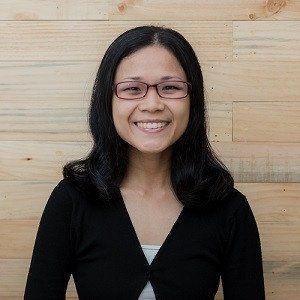Asean: Unity In Diversity

The Association of South-East Asian Nations (Asean) was formed in 1967. By 1990, there were six member states with an aggregate population of 317 million. Today, Asean comprises 10 nations (almost 10% of the global population), with multiple languages, dialects and cultures.
Size matters
If it were a single country, Asean would already be the seventh largest economy in the world, with a combined gross domestic product of US$2.4 trillion in 2013. Asean is poised to become fifth largest in 2018 surpassing mature economies the United States, European Union and Japan (Baker & McKenzie) and projected to rank fourth largest economy by 2050 (McKinsey).
“The long journey Asean began with the adoption of the Asean Economic Community Blueprint in 2007 has made major strides toward the goal of an Asean Economic Community (AEC) in 2015. The tasks set out in the blueprint are multi-faceted and the process of community building is far from straightforward. Nonetheless, progress has been made on many fronts and the benefits from these advances have been far reaching,” says Le Luong Minh, secretary-general of Asean.
“With over 600 million people, Asean’s potential market is larger than the European Union or North America. Next to the China and India, Asean has the world’s third largest labour force that remains relatively young,” said Stephen Groff, vice president of ADB (Asian Development Bank).
A recent survey conducted by the Economist Intelligence Unit Re-drawing the Asean map asked 171 business leaders of large global multinationals for their views. Key findings:
- 96.5% of surveyed companies believe the AEC will be achieved
- 88% indicated that Asean integration is important to their strategic planning
- 76% of multinational companies have a strategy oriented around the Asean bloc, as business leaders increasingly manage South-East Asia as one region rather than 10 separate economies
- 81% of manufacturers are centralising manufacturing in the region as cross-border trade becomes easier
Implications for Asean talent
With the AEC facilitating the free movement of skilled labour across Asean, the competition for best employees will intensify (Gallup).
Traditional business models, as well as organisation leaders would have to adapt to address the volatility and ambiguity of talent in Asean.
From a Gallup and Human Capital Leadership Institute study of 72 business leaders across six Asean countries, leaders view complexity as an opportunity, saying that it empowers them to innovate, adapt and thrive.
With barriers to trade coming down, companies can be expected to increase their manufacturing investment “to be more responsive to local demand,” rather than finding cheap labour (Baker & McKenzie).
Development of leaders in Asean: 5 best practices
Gallup research shows that employee engagement is strongly connected to outcomes essential to a company’s success, including productivity, profitability and customer satisfaction.
Engaging employees is crucial for organisations to win the regional war for talent.
A Gallup and Human Capital Leadership Institute study of 72 business leaders from various sectors across six Asean countries (Indonesia, Malaysia, the Philippines, Singapore, Thailand and Vietnam) found five developmental practices instrumental to helping them succeed.
These actions represent a practical, self-aware approach that emerging leaders can adopt:
- Long-term career goals are important, and leaders who reflect on their developmental status roughly every three years tend to stay on track.
- Early cross-border experiences help shape individuals into broad-based leaders with a dynamic global perspective.
- Taking risks and exploring different roles in the beginning of a leader’s career helps him or her identify the right job fit and builds a holistic view of doing business.
- While there is no one right way to build a network, emerging leaders should proactively surround themselves with a diverse, tight-knit group of professionals who can provide the contacts and feedback they need.
- Instead of pretending to know everything they need to know, emerging leaders should be humble and speak openly about their own shortcomings to earn others’ trust.
“I was in the Asean Economic zone way before it even came up… I said 12 years ago, I was going to build an Asean airline… You can wait for things to happen or you can effect change.” – Tan Sri Tony Fernandes, AirAsia Group chief executive officer, quoted in 2014
Related article: Asean Same, Same But Different
Drop us a line or two in the comment box below or email us at editor@leaderonomics.com.
Published in English daily The Star, Malaysia, 18 April 2015
Functional






